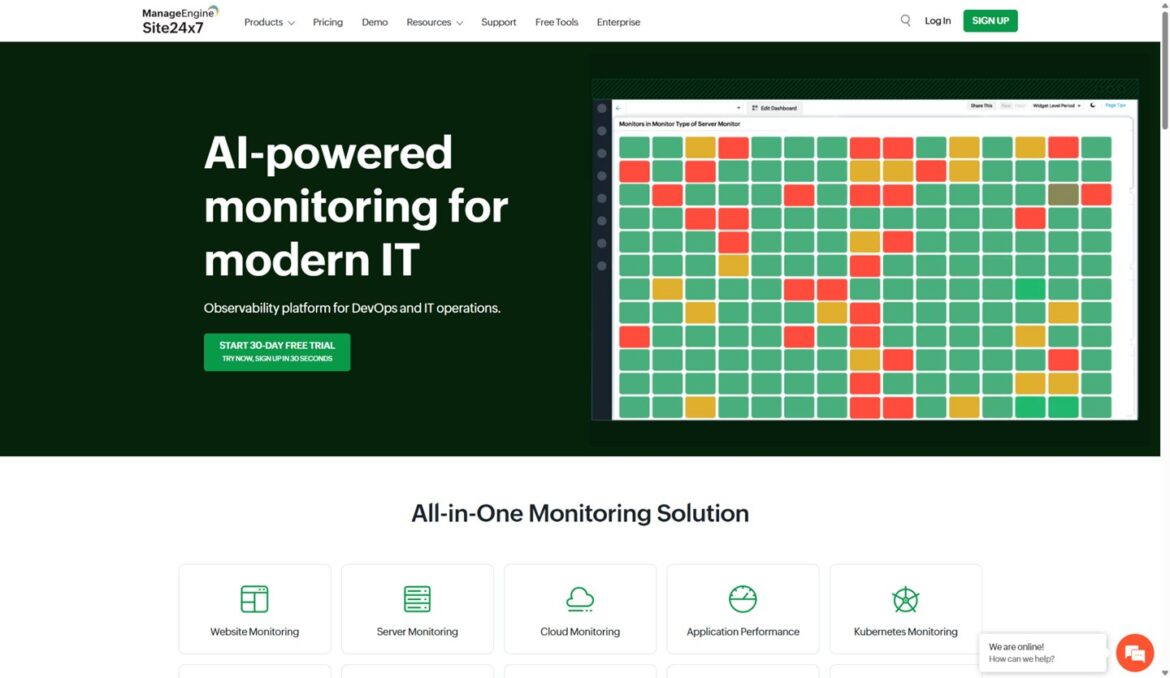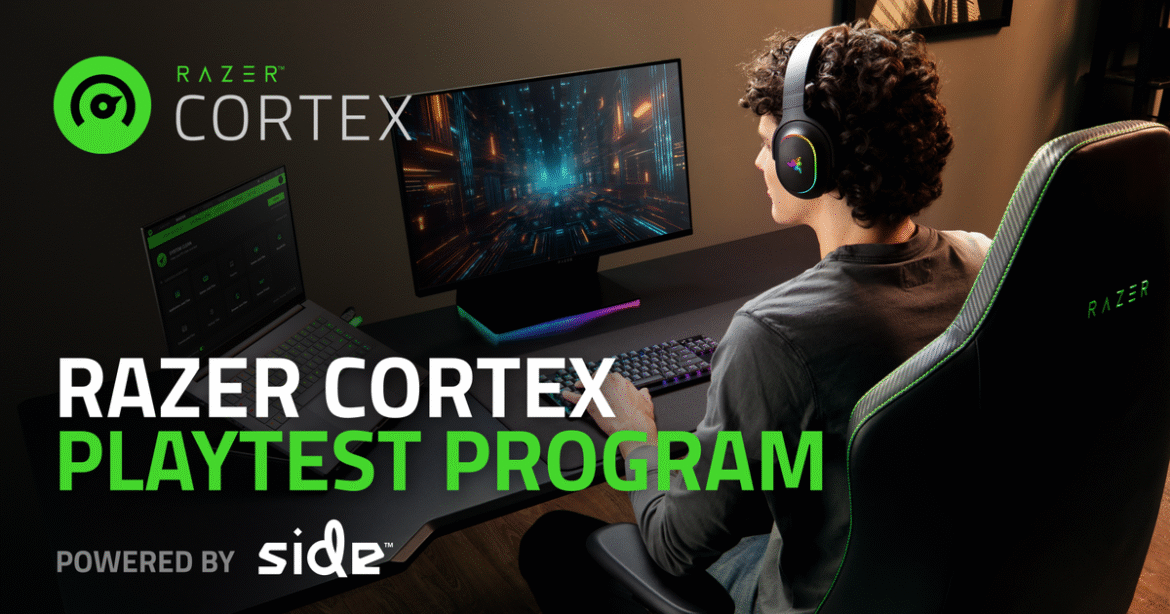Trusted Editorial content, reviewed by leading industry experts and seasoned editors. Ad Disclosure
Bitcoin is the king of crypto. It’s the biggest, most trusted digital asset in the world.
But let’s be real – using Bitcoin for fast payments or DeFi has always been a headache. It’s slow, expensive, and not built for the chaos of meme coins or dApps.
Enter Bitcoin Hyper ($HYPER), a new Layer 2 project that promises to give Bitcoin the facelift it has been waiting for.
With speed, low fees, and full DeFi compatibility, Bitcoin Hyper might just be the next 1000x crypto in Uptober.
The Problem: Bitcoin’s Scalability Gap
Bitcoin has always been a store of value first, a payment network second.
Source: Reddit
That worked when the main use case was simply ‘buy and hold.’ But as crypto culture exploded, Bitcoin’s limitations became obvious.
While Ethereum and Solana were running meme coins, NFTs, and DeFi apps at full throttle, Bitcoin was left sitting on the sidelines.
Fees spiked during bull runs, transactions slowed to a crawl, and forget about trying to run complex apps directly on the chain.
Bitcoin might be the biggest crypto by market cap, but it couldn’t keep up with the modern demands of builders, traders, and degens. This lack of scalability is the exact gap Bitcoin Hyper is designed to fill.
The Solution: Bitcoin Hyper Brings Speed and Power
Bitcoin Hyper ($HYPER) is a real Bitcoin Layer 2 built using the Solana Virtual Machine (SVM).
That’s important, because it brings Solana’s lightning speed and cheap fees straight into the Bitcoin ecosystem.
Here’s how it works: you bridge $BTC into the network, it gets verified and minted on the Layer 2, and then you can trade, stake, or run dApps instantly.
Transactions are bundled with zero-knowledge proofs and regularly synced back to Bitcoin’s Layer 1 for security.
What does this mean in plain English? You can move Bitcoin around in sub-seconds with near-zero gas fees, all while staying connected to Bitcoin’s base chain.
Payments, DeFi, meme coins, even NFTs – it’s all on the table now for Bitcoin users. Finally, Bitcoin can do it all.
Why $HYPER Is the Token to Watch
Every transaction in this ecosystem runs on $HYPER. It’s the fuel for staking, governance, and app launches.
That means the more people use Bitcoin Hyper, the more demand there is for the token. The presale numbers already tell the story: $19.5M raised so far, and you can buy $HYPER for $0.013015.
At the same time, whale activity around Bitcoin has been heating up, with fresh buys of $12.3K and $10.9K recorded just last night – another sign that confidence in Bitcoin’s growth cycle is back on.
Early buyers also get priority access to staking rewards, token launches, and governance. Think of it like a VIP ticket to Bitcoin’s new playground.
And in Uptober, when the market heats up and everyone’s chasing the next big thing, $HYPER looks positioned to take off. If you’ve been looking for the best presale of the season, this project checks all the boxes.
The Bigger Picture: Bitcoin’s Second Act
The wild part is what this means for Bitcoin itself. For years, Bitcoin has been called ‘digital gold.’ Great as a store of value, but boring compared to the best altcoins running the show in DeFi and memes.
Bitcoin Hyper flips that script. It gives Bitcoin an execution layer where builders can launch dApps, DAOs, and meme coins directly tied to the world’s largest crypto.
That could unlock new demand and push Bitcoin even further up the ranks.
If Bitcoin is already the number one asset in crypto, imagine what happens when it becomes the most usable one too.
It’s like giving a vintage sports car a brand-new turbo engine – the same classic design, but now it roars on the track.
Bitcoin’s Next Big Chapter Starts Here
Bitcoin Hyper ($HYPER) is more than just a new crypto project. It’s a serious attempt to make Bitcoin relevant for the fast, experimental world of DeFi and meme culture.
With a working solution, a huge presale, and Uptober momentum, $HYPER might just be the ticket to Bitcoin’s next big chapter.
This article is for informational purposes only. Always do your own research (DYOR) before investing in crypto.
Authored by Bogdan Patru for Bitcoinist: https://bitcoinist.com/from-slow-to-hyper-bitcoin-hyper-tipped-as-uptobers-next-1000x-crypto
Editorial Process for bitcoinist is centered on delivering thoroughly researched, accurate, and unbiased content. We uphold strict sourcing standards, and each page undergoes diligent review by our team of top technology experts and seasoned editors. This process ensures the integrity, relevance, and value of our content for our readers.









